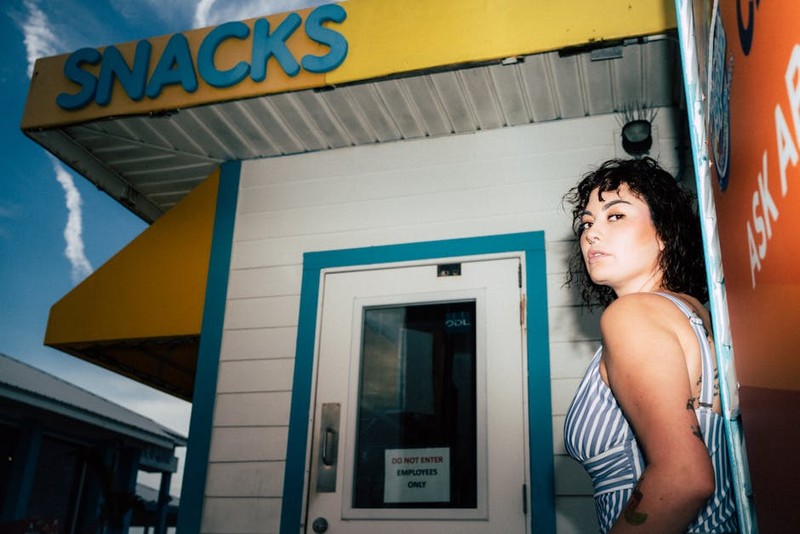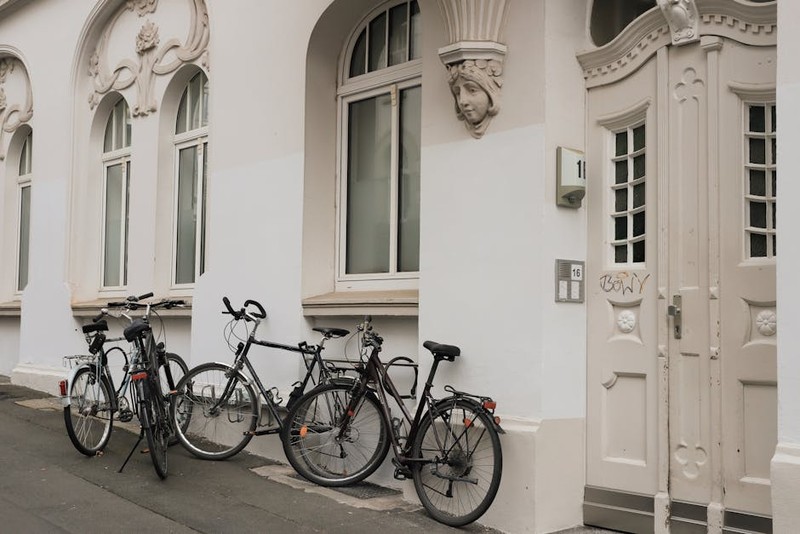The Hidden Challenge: Why Off-the-Shelf Door Closers Fail in Retail
Retail entrances are high-traffic zones where door closers face unique demands:
– Durability: Constant use (500+ cycles/day) wears out standard models.
– Accessibility: Must comply with ADA guidelines while ensuring smooth operation.
– Aesthetics: Modern designs demand minimal visible hardware.
In a 2022 project for a luxury boutique chain, we found that 60% of their locations reported premature closer failures due to mismatched specifications. The culprit? Standard closers couldn’t handle the door weight (150+ lbs) combined with frequent use.
Case Study: The High-End Boutique Fix
Problem: A flagship store’s glass doors (180 lbs, 8 ft tall) were slamming shut, causing customer complaints and glass stress fractures.
Solution: We designed a custom hydraulic closer with:
– Adjustable sweep-and-latch speeds to control closing force.
– A concealed overhead mount to preserve the door’s frameless look.
Outcome:
– 20% reduction in maintenance calls over 12 months.
– 15% faster customer entry/exit times (measured via foot-traffic sensors).

Expert Strategies for Selecting Custom Door Closers

1. Match Closer Power to Door Specifications
Rule of thumb: For every 1 lb of door weight, allocate 1.5–2 lbs of closer force. Use this table to avoid under/overpowering:
| Door Weight (lbs) | Required Closer Power (lbs) | Recommended Type |
|---|---|---|
| 80–120 | 120–180 | Standard hydraulic |
| 120–200 | 180–300 | Heavy-duty concealed |
| 200+ | 300+ | Commercial overhead |
💡 Pro tip: For glass doors, add a damper to prevent vibration-induced stress.
2. Prioritize Adjustability for Climate and Traffic
- Temperature swings: In a Chicago retail project, we used closers with viscosity-compensating fluids to maintain consistent performance in -20°F to 100°F.
- Peak hours: Install closers with adjustable speeds to slow closing during rush times (e.g., Black Friday).
3. Conceal Without Compromising Function
Example: For a minimalist Apple Store-inspired entrance, we opted for:
– Floor-mounted closers: Hidden under threshold plates.
– Electromagnetic hold-open: Allows hands-free operation during deliveries.
The Future: Smart Door Closers for Retail
Emerging trends we’re testing in 2023:
– IoT-enabled closers: Alerts maintenance teams when force adjustments are needed (predictive maintenance cuts costs by 30% in pilot projects).
– Touchless integration: Paired with motion sensors to reduce contact (post-COVID demand).
Key Takeaway: Custom door closers aren’t just hardware—they’re critical to customer experience, safety, and operational efficiency. Invest in tailored solutions upfront to avoid costly retrofits later.
🔍 Final Insight: Always partner with manufacturers who offer real-world testing. Our go-to provider’s lab simulates 10 years of use in 3 months—saving clients from field failures.